Home>Articles>Get To Know The Different Types Of Exterior Siding Panels


Articles
Get To Know The Different Types Of Exterior Siding Panels
Modified: October 28, 2024
Learn about the various types of exterior siding panels through our informative articles. Choose the best siding option for your home today!
(Many of the links in this article redirect to a specific reviewed product. Your purchase of these products through affiliate links helps to generate commission for Storables.com, at no extra cost. Learn more)
Introduction
When it comes to the exterior of your home, choosing the right siding panels is essential. Not only do they protect your home from the elements, but they also play a crucial role in enhancing its curb appeal. With a wide variety of options available, finding the perfect siding panels can be a daunting task. That’s why it’s important to have a good understanding of the different types of exterior siding panels.
In this article, we will explore and discuss the various types of exterior siding panels that are popular among homeowners today. From versatile vinyl to classic wood to modern fiber cement, we will cover the pros and cons of each option, allowing you to make an informed decision for your home.
Whether you’re looking for durability, affordability, or a specific aesthetic, there is a siding panel out there that will meet your needs. So, let’s dive in and explore the world of exterior siding panels!
Key Takeaways:
- Vinyl siding panels offer affordability, low maintenance, and durability, making them a practical choice for homeowners seeking a versatile and long-lasting exterior option.
- Stone veneer siding panels provide a luxurious and elegant option for adding the timeless beauty of natural stone to your home’s exterior, creating a stunning and sophisticated look.
Vinyl Siding Panels
Vinyl siding panels are one of the most popular choices for homeowners due to their affordability, low maintenance requirements, and versatility in design. Made from polyvinyl chloride (PVC) resin, vinyl siding panels are available in a wide range of colors, textures, and finishes to suit different architectural styles.
One of the key advantages of vinyl siding panels is their resistance to moisture, rot, and insects. Unlike wood siding, vinyl panels do not require frequent painting or sealing, making them a convenient option for homeowners who prefer a low-maintenance exterior.
Furthermore, vinyl siding panels are known for their durability. They are designed to withstand harsh weather conditions, such as extreme temperatures, strong winds, and heavy rain, without warping or fading. This makes them an excellent choice for homes in regions with challenging climates.
In terms of installation, vinyl siding panels are relatively easy to work with. They are lightweight and come in different sizes and shapes, allowing for flexibility during the installation process. Additionally, vinyl siding panels can be installed over existing siding, which can save time and money on removal.
While vinyl siding panels offer numerous benefits, it’s important to consider their potential drawbacks as well. Some critics argue that vinyl siding panels may have a less natural appearance compared to materials like wood or stone. Additionally, extreme heat can cause vinyl siding to warp or melt, so proper insulation and ventilation must be in place.
Overall, vinyl siding panels are a popular and practical choice for homeowners seeking an affordable, low-maintenance, and versatile exterior siding option. With their durability, resistance to the elements, and wide range of design options, vinyl siding panels can be a great addition to any home.
Wood Siding Panels
Wood siding panels offer a timeless and classic look that adds warmth and natural beauty to any home. As one of the oldest siding materials, wood has stood the test of time due to its durability and aesthetic appeal.
One of the key advantages of wood siding panels is their versatility. They can be customized and shaped to fit any architectural style, allowing homeowners to achieve a unique and personalized look. Wood siding panels also come in a variety of species, such as cedar, pine, and redwood, each with its own distinct characteristics.
Wood siding panels have excellent insulation properties, providing natural thermal regulation that can help reduce energy consumption. They also add a layer of sound insulation, creating a quieter and more comfortable living environment.
Furthermore, wood siding panels can be easily repaired or replaced if damaged. With proper maintenance, including regular staining or painting and routine inspections for rot or insect damage, wood siding can last for decades.
It’s important to note that wood siding panels require more maintenance compared to other materials. They need to be regularly treated, sealed, or painted to protect against moisture, UV rays, and insects. Failure to properly maintain wood siding can lead to issues such as rot, warping, or fading.
Another consideration with wood siding panels is the higher upfront cost compared to other options. However, many homeowners find the natural beauty and long-term value of wood siding panels worth the investment.
Wood siding panels are an excellent choice for homeowners who value the organic aesthetic and charm that only wood can provide. With proper care and maintenance, wood siding panels can transform the look of a home and create a welcoming and inviting atmosphere.
Fiber Cement Siding Panels
Fiber cement siding panels have gained popularity in recent years for their durability, versatility, and ability to mimic the look of other materials like wood, brick, or stone. Made from a combination of cement, sand, and cellulose fibers, fiber cement siding offers the perfect balance between aesthetics and performance.
One of the key advantages of fiber cement siding panels is their resistance to rot, insects, and fire. Unlike wood siding, fiber cement does not decay, making it a low-maintenance option for homeowners. Additionally, fiber cement siding is non-combustible, providing an extra layer of protection for your home.
Fiber cement siding panels are also known for their exceptional durability. They can withstand extreme weather conditions, including high winds, heavy rain, and freezing temperatures, without warping or cracking. This makes them an excellent choice for homes located in regions with harsh climates.
In addition to their durability, fiber cement siding panels offer a wide range of design options. They can be shaped, textured, and painted to mimic the appearance of other siding materials. Whether you desire the look of traditional clapboard, wooden shakes, or even stone, fiber cement siding can deliver the desired aesthetic.
Another advantage of fiber cement siding panels is their longevity. When properly installed and maintained, they can last for several decades, reducing the need for frequent repairs or replacements.
However, it’s important to note that fiber cement siding panels can be heavier and more difficult to install compared to other materials. Professional installation may be required to ensure proper alignment and secure fastening.
In terms of maintenance, fiber cement siding panels are relatively low maintenance. Occasional cleaning and inspections for any signs of damage or moisture penetration are recommended to keep the siding in good condition.
Overall, fiber cement siding panels offer a durable and versatile option for homeowners who want the appearance of natural materials with the added benefits of longevity and low maintenance. With their ability to withstand the elements and mimic various architectural styles, fiber cement siding panels can transform the exterior of any home.
Aluminum Siding Panels
Aluminum siding panels have been a popular choice for homeowners due to their durability, low maintenance, and affordability. Made from lightweight aluminum, these panels offer several advantages for those seeking a reliable and practical siding option.
One of the key advantages of aluminum siding panels is their resistance to rust and corrosion. Unlike steel, which can rust over time, aluminum is naturally resistant to these issues. This makes aluminum siding panels a suitable choice for homes in coastal areas or regions with high humidity.
Aluminum siding panels are also known for their longevity. They can withstand various weather conditions, including heavy rain, strong winds, and bright sunlight, without fading or warping. Additionally, aluminum siding does not attract pests, such as termites or wood-boring insects, which can be a concern with other materials.
In terms of maintenance, aluminum siding panels require minimal upkeep. Regular cleaning with a mild detergent and a gentle rinse is usually sufficient to keep them looking their best. Additionally, aluminum siding does not need to be painted, eliminating the need for regular repainting like with wood or fiber cement siding.
Furthermore, aluminum siding panels are lightweight and easy to install. They come in various sizes and profiles, allowing for flexibility during the installation process. This can be a significant advantage for DIY enthusiasts or those looking to complete their siding project quickly.
However, it’s important to note that aluminum siding panels are not as energy-efficient as other options, such as insulated vinyl or fiber cement siding. Without proper insulation, aluminum can conduct heat and cold, potentially affecting the energy efficiency of your home. To mitigate this, consider adding extra insulation when installing aluminum siding.
Overall, aluminum siding panels are a durable, low-maintenance, and cost-effective choice for homeowners. With their resistance to rust, long lifespan, and ease of installation, aluminum siding panels can provide an attractive and practical solution for enhancing the exterior of your home.
When choosing exterior siding panels, consider factors such as durability, maintenance, and aesthetic appeal. Research the different types available, such as vinyl, wood, fiber cement, and metal, to find the best option for your home.
Read more: What Are The Different Types Of Curtains
Stone Veneer Siding Panels
Stone veneer siding panels offer a beautiful and luxurious option for homeowners who want to add the timeless beauty of natural stone to their home’s exterior. Made from a thin layer of natural stone or a composite material that mimics the look of stone, stone veneer siding panels provide an elegant and sophisticated appearance.
One of the key advantages of stone veneer siding panels is their aesthetic appeal. They can instantly elevate the curb appeal of any home, creating an impressive and high-end look. Whether you prefer the rugged beauty of ledgestone or the sleek elegance of smooth-faced stone, stone veneer siding panels come in a variety of styles and colors to suit different architectural designs.
In addition to their beauty, stone veneer siding panels are highly durable. They are resistant to weathering, fading, and cracking, making them suitable for all climates. Stone veneer also offers natural fire resistance, providing an extra layer of protection for your home.
Unlike solid stone, stone veneer siding panels are much lighter and easier to install. They can be applied directly to a variety of surfaces, including wood, concrete, or even existing siding. This eliminates the need for complicated and costly structural modifications.
Maintenance for stone veneer siding panels is relatively simple. Regular cleaning with water and a soft-bristle brush is typically enough to remove any dirt or debris. It’s also important to periodically inspect the joints and mortar for any signs of wear or damage and address them promptly to maintain the integrity of the siding.
However, it’s worth noting that stone veneer siding panels can be more expensive compared to other siding options. The cost varies depending on the type of stone, the thickness of the veneer, and the complexity of the installation. It’s important to consider your budget and long-term investment when choosing stone veneer siding.
Overall, stone veneer siding panels offer a luxurious and eye-catching option for homeowners who desire the beauty of natural stone without the high cost and heavy weight. With their durability, variety of styles, and ability to transform the appearance of a home, stone veneer siding panels are a fantastic choice for creating a stunning and sophisticated exterior.
Stucco Siding Panels
Stucco siding panels are a popular choice for homeowners who prefer a smooth, durable, and low-maintenance exterior finish. Composed of cement, sand, lime, and water, stucco is a versatile material that can be applied to various surfaces to create a seamless and uniform appearance.
One of the key advantages of stucco siding panels is their durability. Stucco is known for its exceptional resistance to fire, rot, and termites. It can withstand harsh weather conditions, including high winds and heavy rain, without being compromised. This makes stucco siding an excellent choice for homes in regions with extreme climates.
In addition to its durability, stucco siding panels offer excellent insulation properties. Stucco acts as a natural barrier against heat transfer, helping to keep your home cool in the summer and warm in the winter. This energy-efficient quality can contribute to lower heating and cooling costs.
Stucco siding panels also provide a smooth and uniform appearance that can enhance the aesthetic appeal of any home. They lend a timeless and elegant look, and can be painted in a wide range of colors to match your desired style. The versatility of stucco allows for customization, including the addition of texture or decorative elements.
Maintenance for stucco siding panels is relatively straightforward. Regular cleaning with a mild detergent and water can help keep the surface looking fresh. It’s important to inspect the stucco regularly for any signs of cracks or damage, as these should be addressed promptly to prevent moisture penetration and further deterioration.
However, it’s important to note that stucco siding panels require professional installation. The application of stucco requires precise techniques and knowledge to achieve a smooth and consistent finish. For best results, it’s recommended to hire experienced stucco contractors.
Overall, stucco siding panels offer a durable, energy-efficient, and visually appealing option for homeowners seeking a low-maintenance exterior. With their ability to withstand the elements and provide a seamless finish, stucco siding panels can add both functionality and beauty to your home.
Brick Siding Panels
Brick siding panels have long been a symbol of strength, durability, and timeless beauty. Made from clay or concrete, brick siding offers a classic and elegant look that can enhance the curb appeal of any home.
One of the key advantages of brick siding panels is their durability. Bricks are resistant to fire, rot, and termites, making them a long-lasting option for the exterior of your home. Bricks can also withstand various weather conditions, including extreme heat, cold, and moisture, without warping or deteriorating.
Brick siding panels are low-maintenance and require minimal upkeep. They do not need to be painted or sealed like other siding materials, which can save both time and money in the long run. Simply cleaning the brick surfaces periodically with water and a mild detergent will keep them looking fresh.
Furthermore, brick siding panels offer excellent insulation properties. The natural density and thermal mass of bricks provide insulation against heat and cold transfer, helping to regulate the temperature inside your home. This can contribute to energy efficiency and lower heating and cooling costs.
Another advantage of brick siding panels is their versatility in design. Bricks come in various sizes, colors, and textures, allowing for a wide range of creative possibilities. Whether you prefer a traditional red brick or a more modern and sleek style, there is a brick option that can achieve your desired aesthetic.
It’s important to note that brick siding panels require professional installation. The construction process involves laying individual bricks using mortar to create a sturdy and cohesive structure. This requires expertise and precision to ensure a proper and durable installation.
In terms of cost, brick siding panels tend to be more expensive upfront compared to other siding options. However, their longevity and minimal maintenance requirements can make them a cost-effective choice in the long term.
Overall, brick siding panels offer a combination of durability, timeless beauty, and low-maintenance benefits. With their ability to withstand the elements, provide insulation, and add a touch of elegance, brick siding panels can elevate the appearance of your home and stand the test of time.
Composite Siding Panels
Composite siding panels have gained popularity in recent years for their durability, versatility, and eco-friendly properties. Made from a combination of recycled wood fibers, plastic, and binding agents, composite siding offers a unique blend of strength and sustainability.
One of the key advantages of composite siding panels is their resistance to rot, insects, and moisture. Unlike traditional wood siding, composite panels are not prone to issues such as warping, cracking, or decay. This makes them a low-maintenance option for homeowners.
Composite siding panels are also known for their durability. They can withstand various weather conditions, including extreme temperatures, high winds, and heavy rain, without showing signs of wear or deterioration. This long-lasting quality ensures that your home will stay protected and beautiful for years to come.
In addition to their durability, composite siding panels are available in a wide range of colors, textures, and finishes. They can be designed to mimic the appearance of natural wood, stone, or even brick, providing homeowners with endless design possibilities. This versatility allows for the creation of a customized look that suits any architectural style.
Another advantage of composite siding panels is their eco-friendly nature. Many manufacturers use recycled materials in their production process, reducing the demand for new resources. Additionally, composite siding panels are often designed to be highly energy-efficient, contributing to better insulation and reduced energy consumption.
Maintenance for composite siding panels is relatively easy. They do not require painting or sealing, as the color is embedded in the material itself. Regular cleaning with water and a mild detergent will help keep the panels looking their best. However, it’s important to follow the manufacturer’s guidelines for specific care instructions.
While composite siding panels offer numerous benefits, it’s important to consider their higher upfront cost compared to some other siding options. However, many homeowners find that the long-term durability, low maintenance requirements, and eco-friendly nature of composite siding panels make them a worthwhile investment.
Overall, composite siding panels provide a durable, versatile, and sustainable option for homeowners seeking a low-maintenance and visually appealing exterior. With their resistance to the elements, extensive design choices, and eco-friendly composition, composite siding panels can enhance the beauty and functionality of your home.
Read more: How To Caulk Exterior Siding
Conclusion
Choosing the right exterior siding panels is crucial for protecting your home while enhancing its aesthetic appeal. In this article, we have explored the various types of siding panels available to homeowners today.
Vinyl siding panels offer affordability, low maintenance, and a wide range of design options. Wood siding panels provide a timeless and natural look, with customization options and excellent insulation properties. Fiber cement siding panels offer durability, versatility, and the ability to mimic the appearance of other materials. Aluminum siding panels are lightweight, durable, and resistant to rust, making them a practical choice. Stone veneer siding panels add luxury and elegance, with the beauty of natural stone without the heavy weight. Stucco siding panels provide a smooth and low-maintenance option with excellent durability. Brick siding panels offer a classic and timeless look, known for their durability and insulation properties. Composite siding panels combine strength, versatility, and eco-friendliness.
Each type of siding panel has its own unique advantages and considerations. It is important to weigh factors such as durability, maintenance requirements, aesthetics, and budget before making a decision. Additionally, professional installation may be necessary for some siding options to ensure proper alignment and durability.
Remember that proper care and maintenance of your chosen siding panels are essential to ensure their longevity and performance. Regular cleaning, inspections for damage, and prompt repairs will help keep your siding in optimal condition.
Ultimately, the choice of exterior siding panels will depend on your personal preferences, the architectural style of your home, and your budget. By understanding the characteristics and benefits of each type of siding panel, you can make an informed decision that will not only protect your home but also enhance its value and curb appeal.
So, take the time to explore your options, consult with professionals if needed, and choose the siding panels that will best suit your home’s needs and your personal style. With the right siding, you can transform the exterior of your home and create a welcoming and beautiful living space for years to come.
Frequently Asked Questions about Get To Know The Different Types Of Exterior Siding Panels
Was this page helpful?
At Storables.com, we guarantee accurate and reliable information. Our content, validated by Expert Board Contributors, is crafted following stringent Editorial Policies. We're committed to providing you with well-researched, expert-backed insights for all your informational needs.
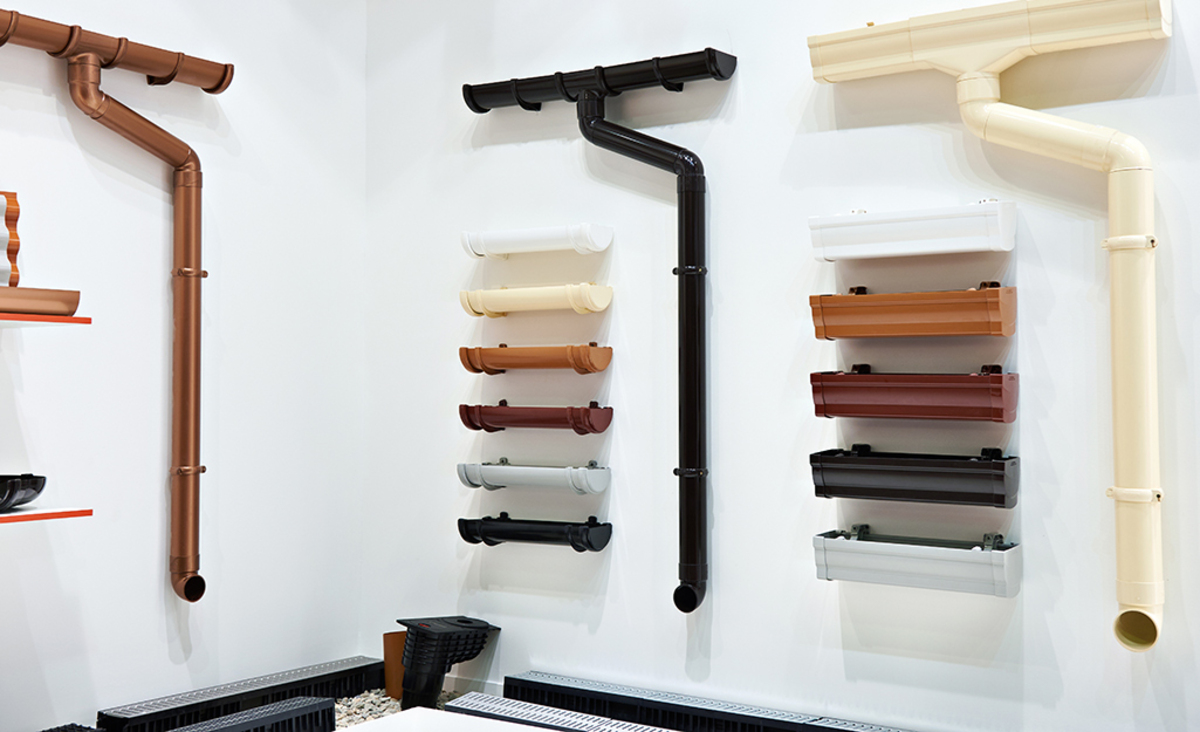
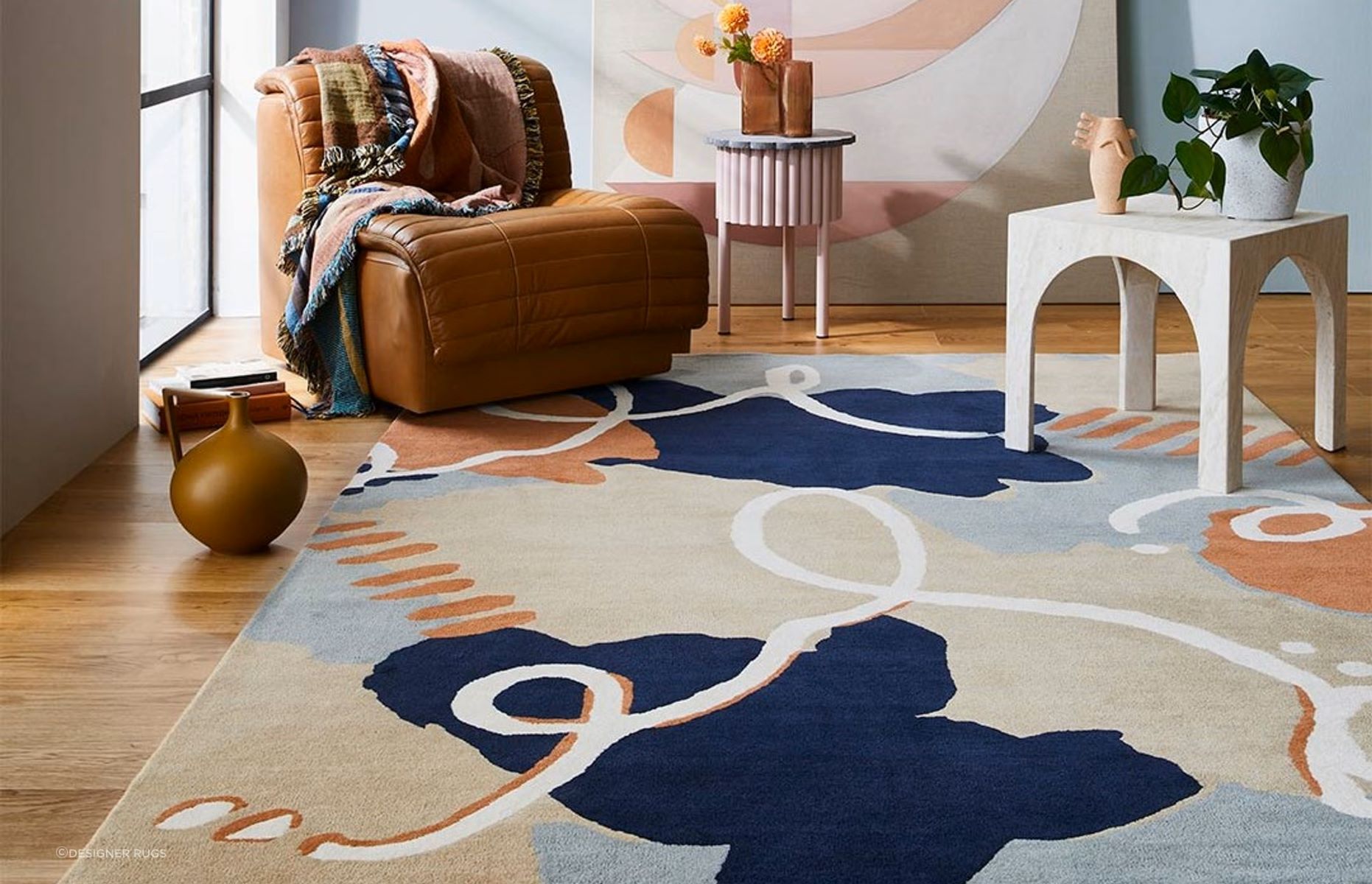
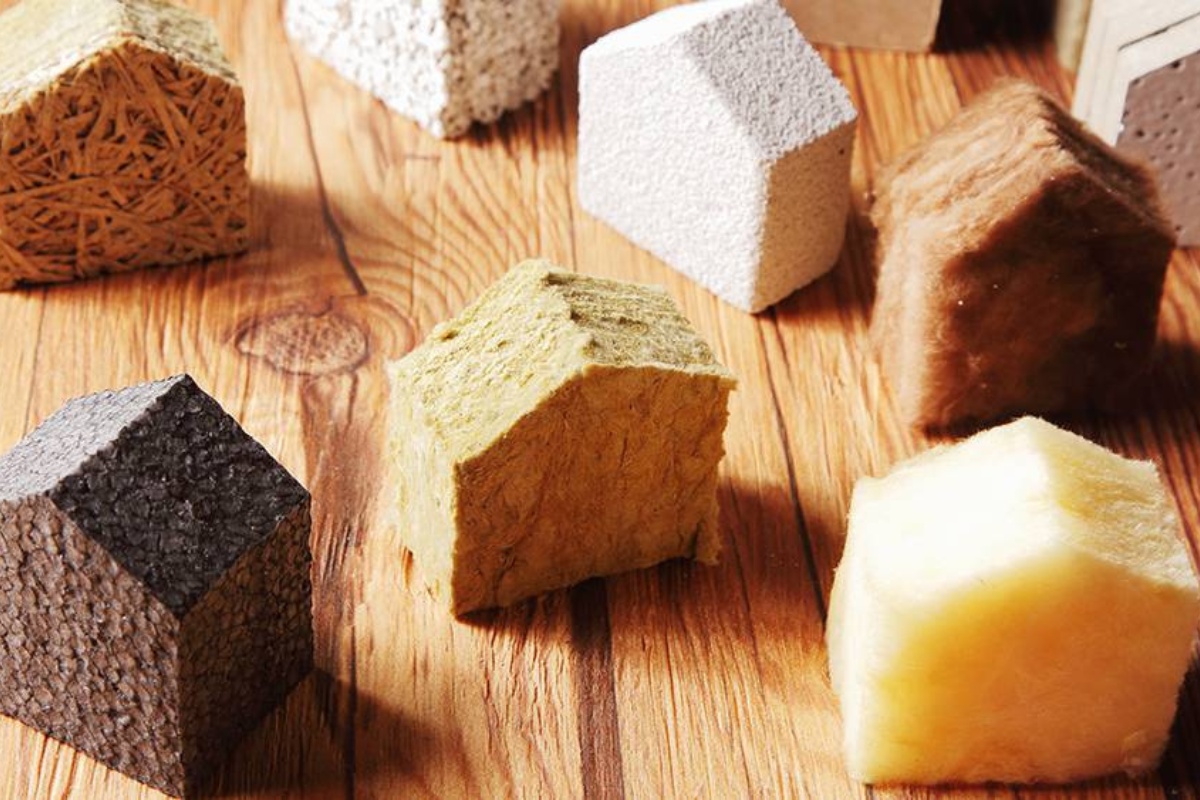
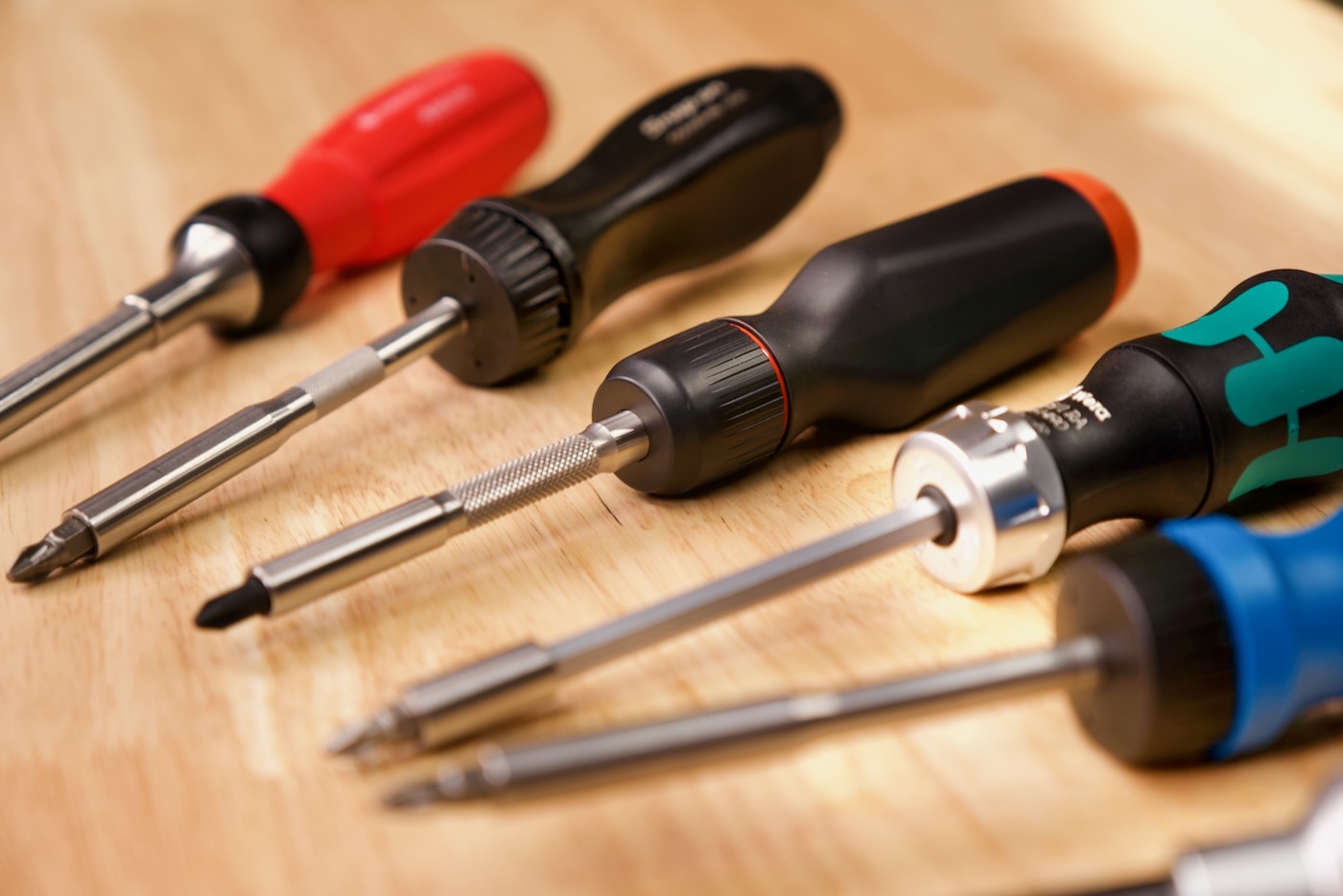
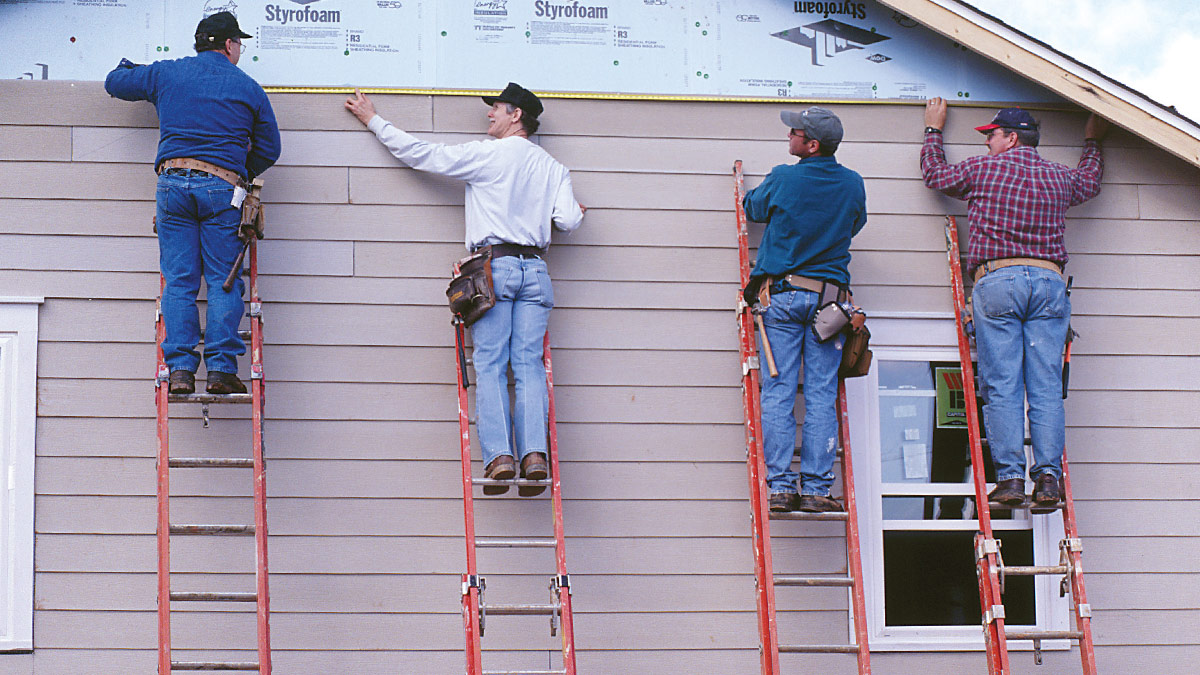
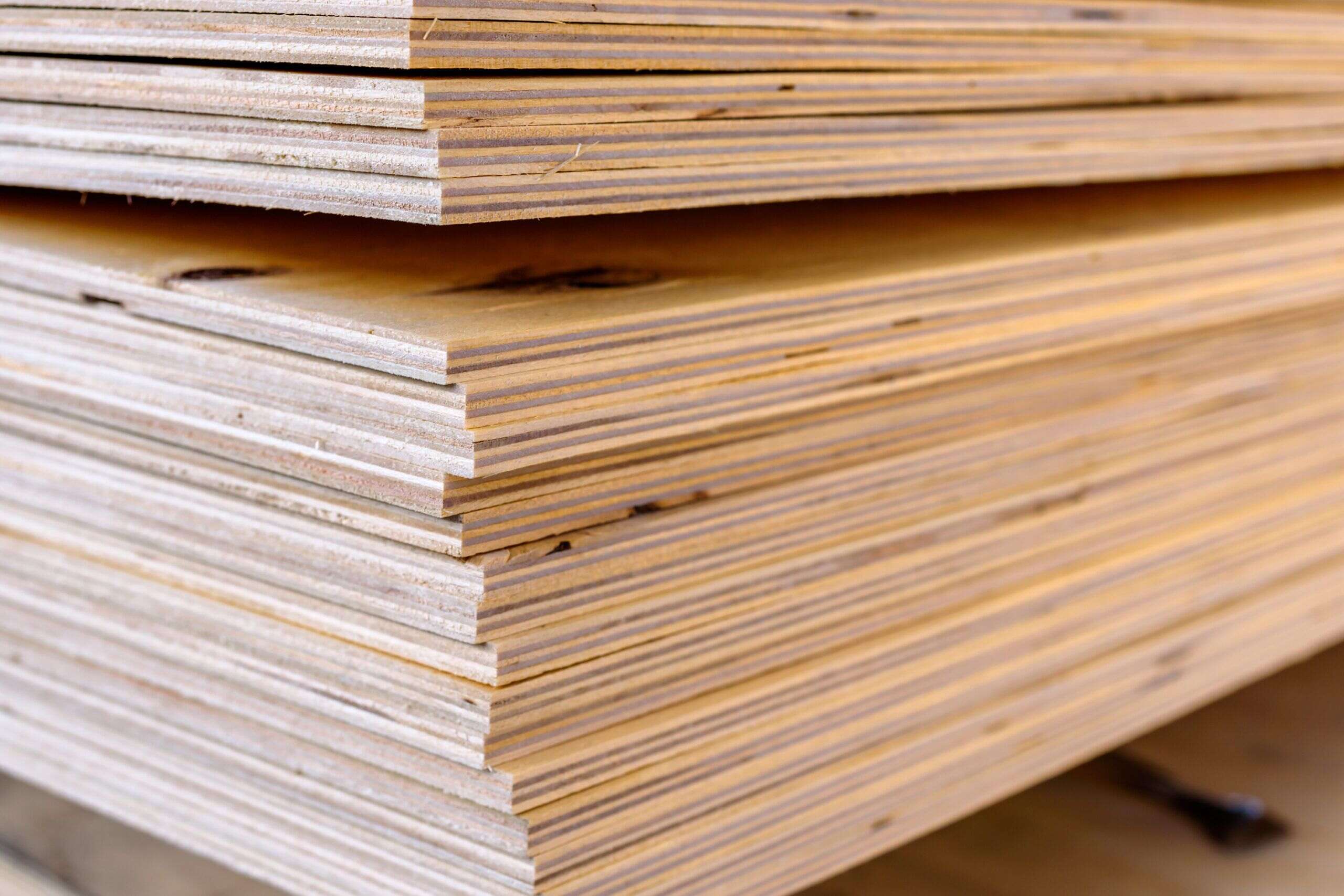
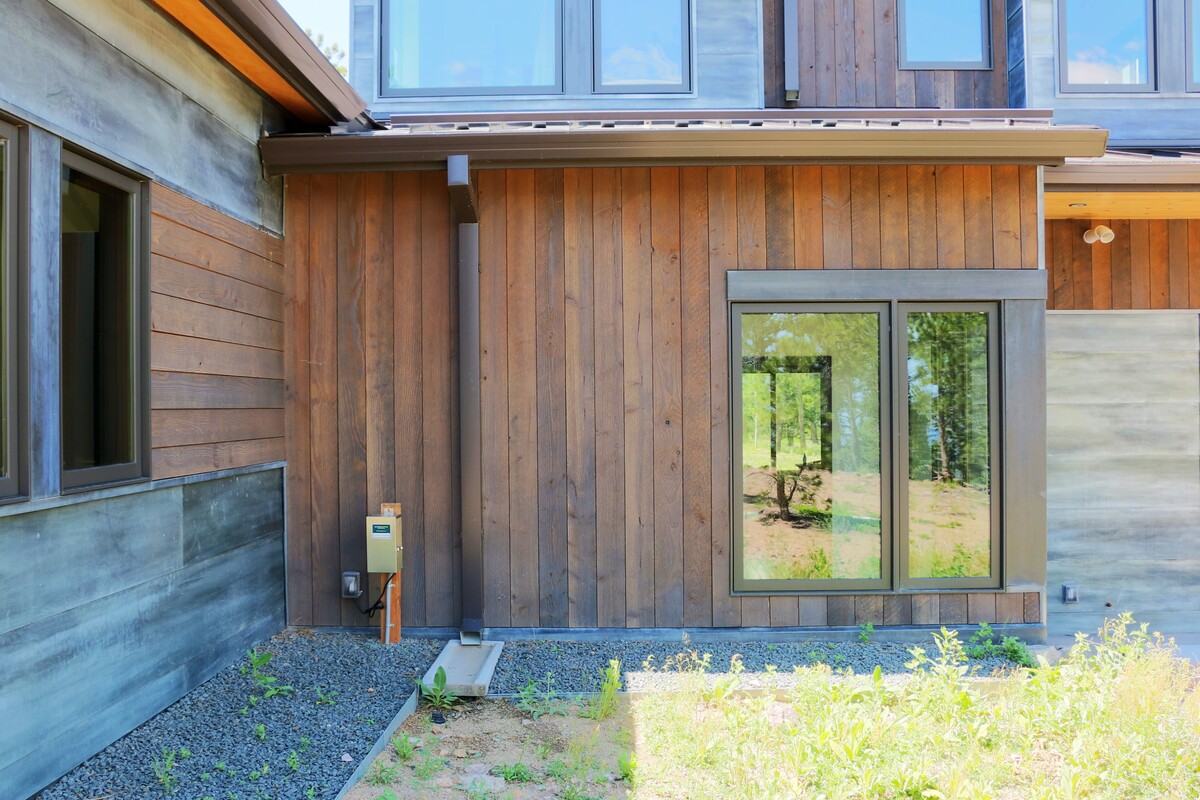
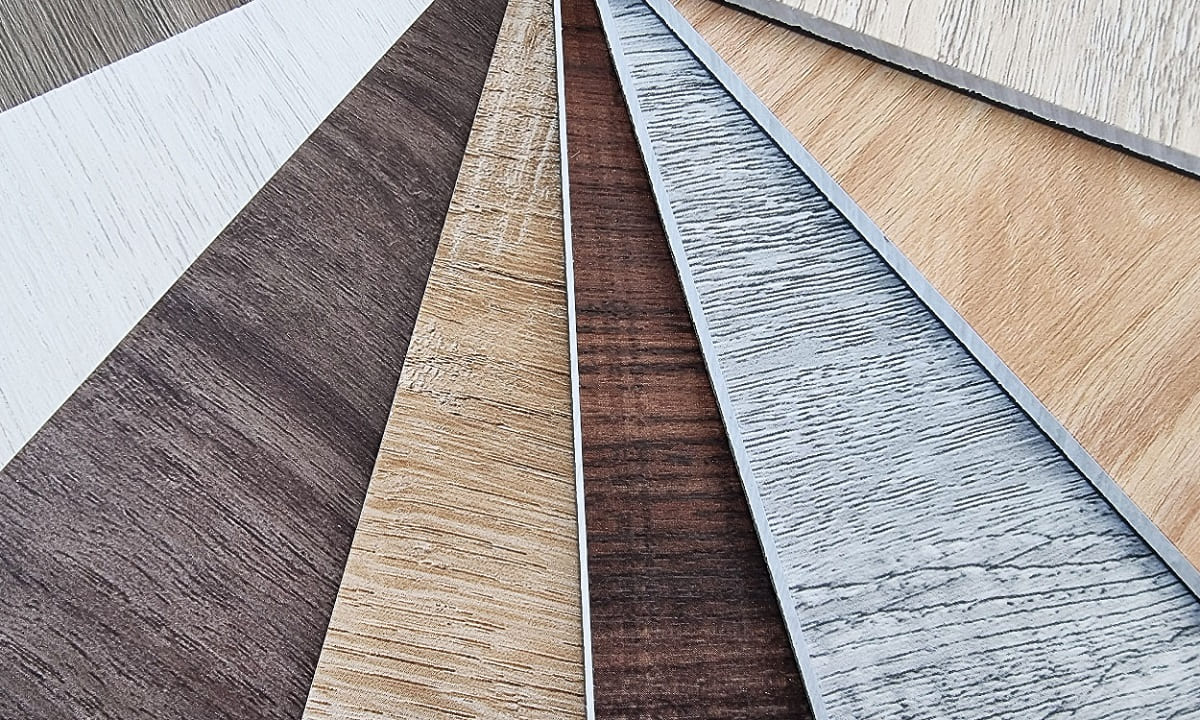
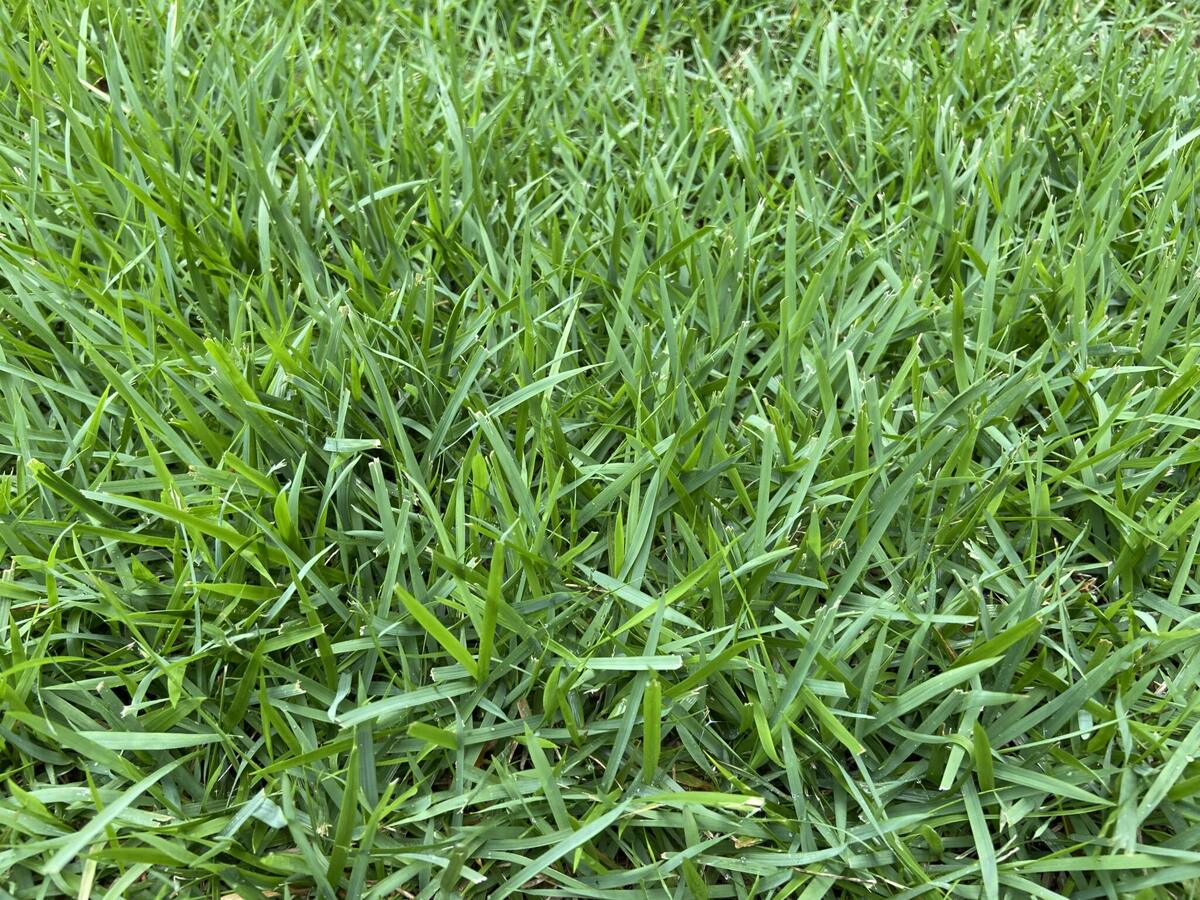
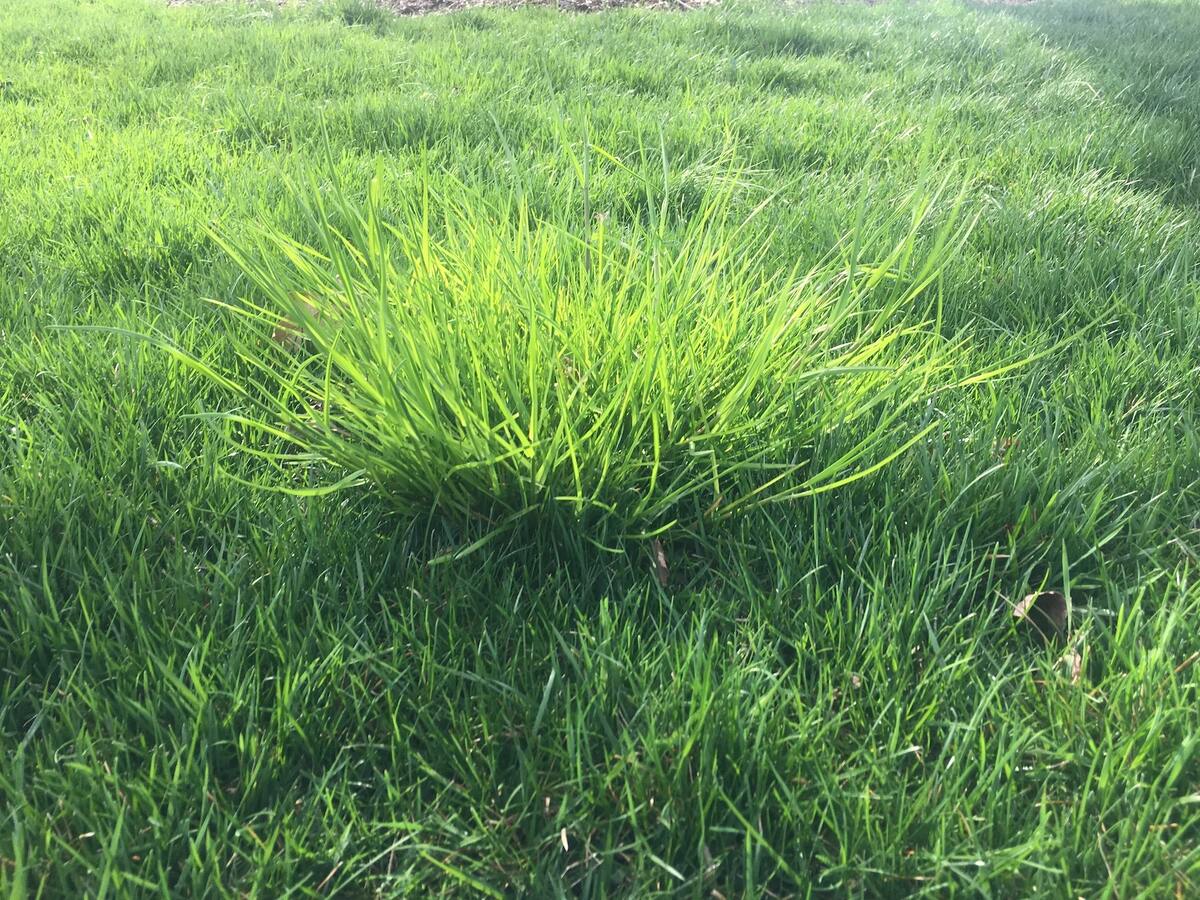
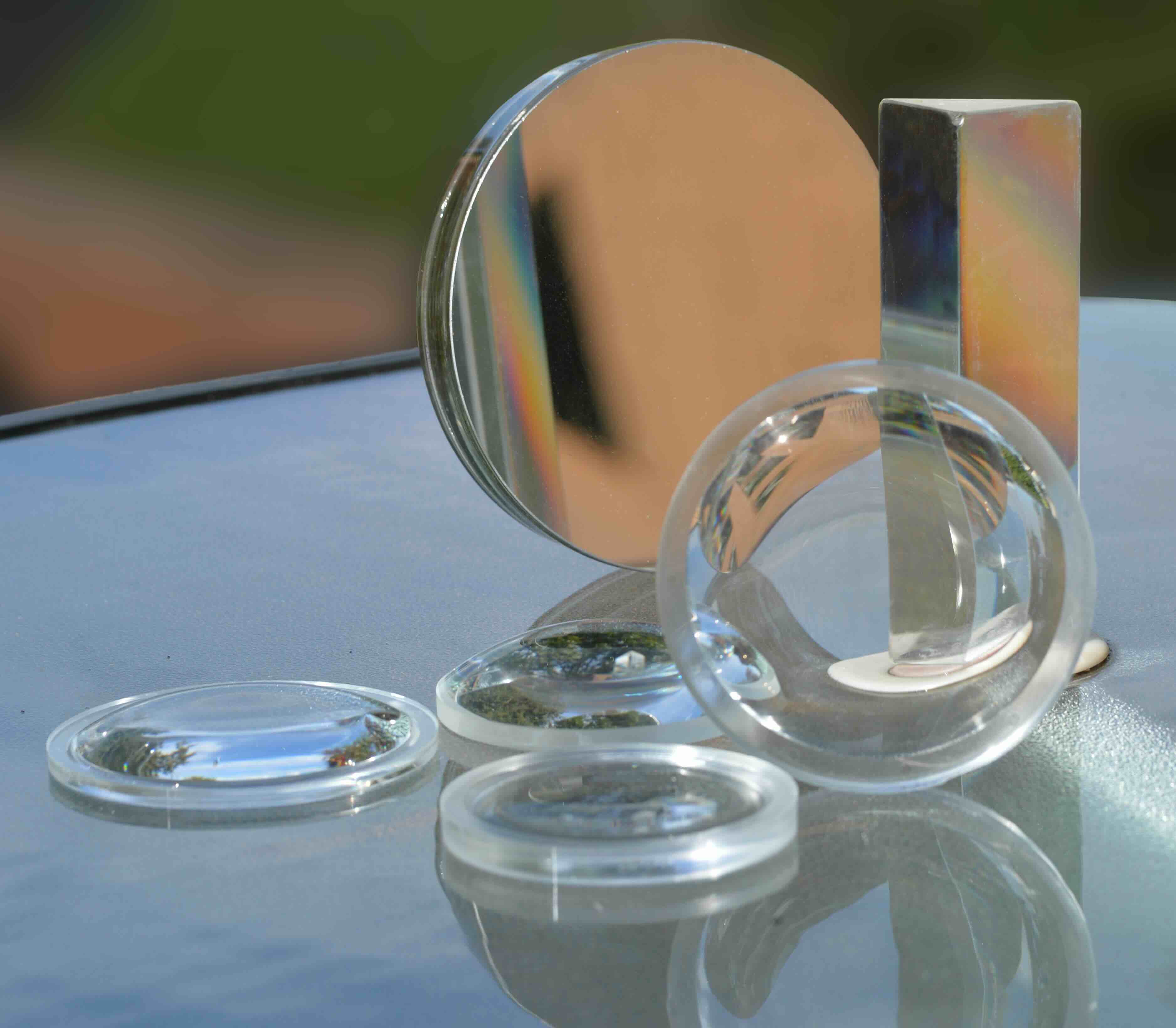
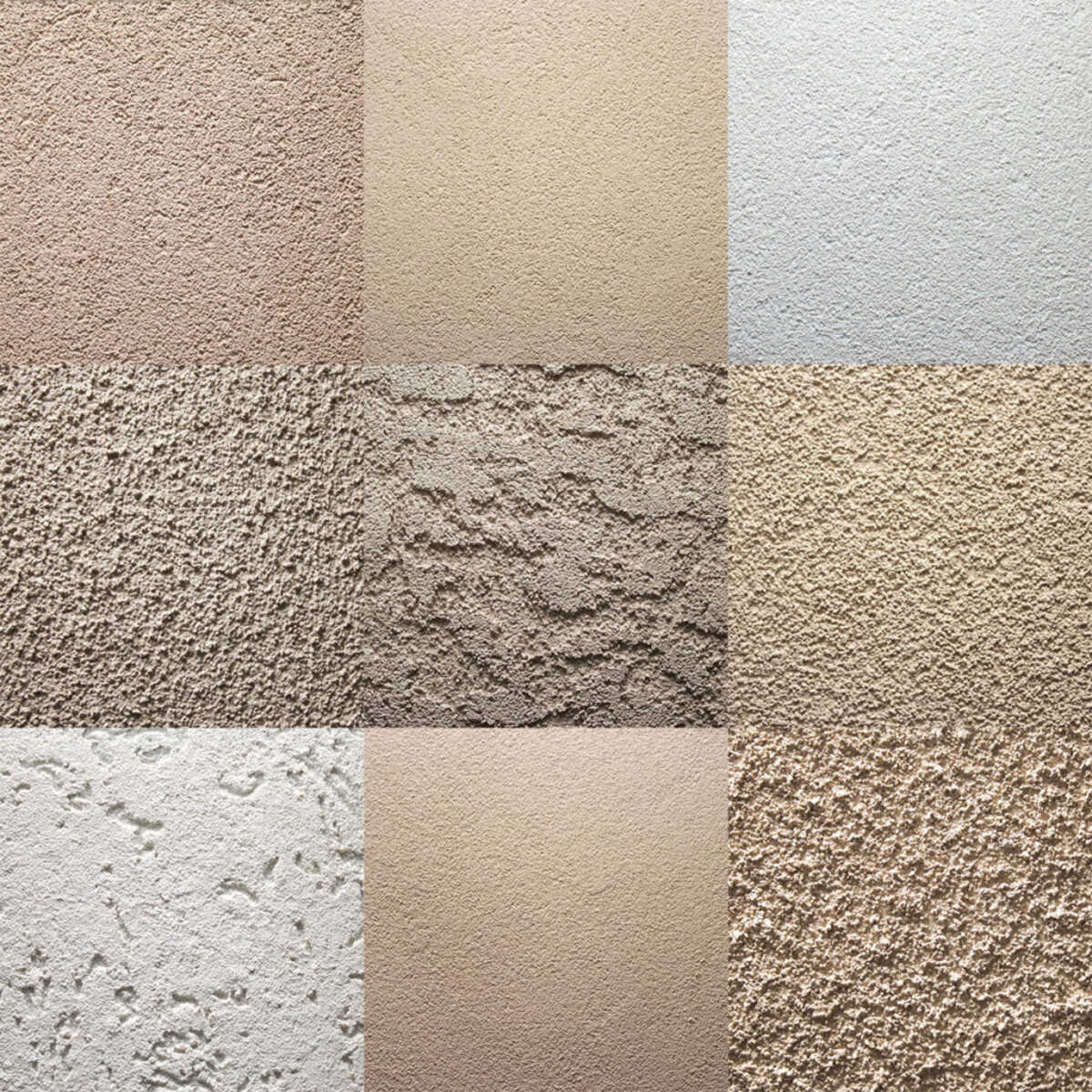


0 thoughts on “Get To Know The Different Types Of Exterior Siding Panels”